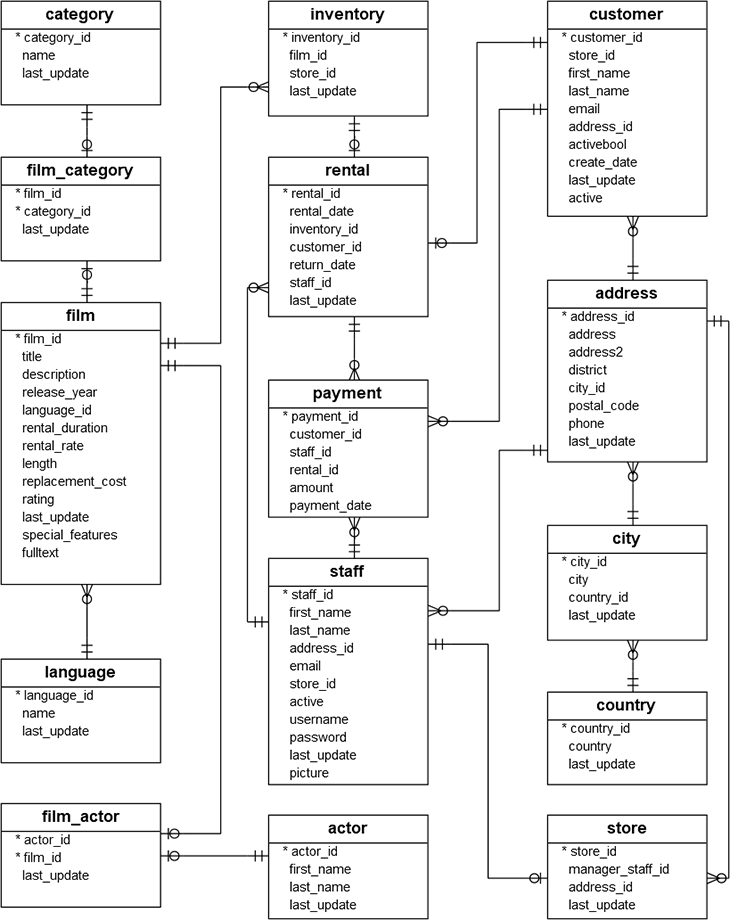---?image=presentation_assets/serverroom.jpeg
20160101.csv 20160601.csv
20160102.csv 20160602.csv
20160103.csv 20160603.csv
20160104.csv 20160604.csv
20160105.csv 20160605.csv
Document database (MongoDB)
Graph database (neo4j)
Distributed (Hbase, Impala)
or
or
RDBMS: **R**elational **DataB**ase **M**anagement **S**ystem
SQL: **S**tructured **Q**uery **L**anguage
Most common
Suitable for a wide variety of cases
Accessible and (relatively) easy to use
Familiar structure
Rows of records/observations
Columns of attributes or fields
Tables are linked together with keys (relational model of data)
Multiple people need access to the same, current data
Individual observations (records) are changing or being added
Enforce constraints about data values, structure, and relationships
Automatically maintain attributes of data like "last modified," "created date"
SERVER (usually):
Holds the data
Manages access and permissions
Can hold multiple databases
Runs locally or on a remote system
CLIENT program connects to the server to access the data






